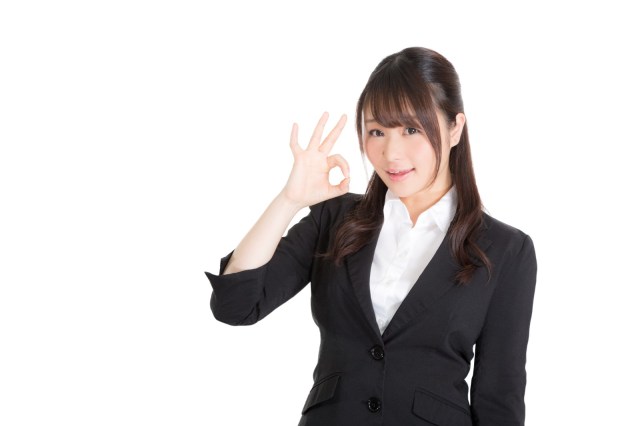
From the downright obvious to the surprising yet amusing, Japanese Sign Language has it all.
If you’re learning Japanese, you’re already familiar with the basics such as arigatou or konnichiwa. But in order to be a true Japanese master, and to truly be able to communicate with everyone you meet in Japan, it might be nice to learn those phrases in Japanese Sign Language (JSL) as well.
JSL uses signs based on Japanese culture, and some of them may be pretty surprising to a non-Japanese person. While I’ve been studying JSL recreationally for a while now, I decided to enlist the help of someone much more experienced to help demonstrate them: my friend Kei, who holds a JSL qualification.
Here are a few examples of JSL with some pretty interesting reasoning behind them.
1. Arigatou — “Thank you”
In a society as notoriously polite as Japan, this phrase should be on the top of the list of things to learn. The Japanese Sign Language gesture for “thank you” originates from the gestures that sumo wrestlers do when they accept their winnings post-match.
▼ You can see it in action here at around the 0:55 mark.
2. Konnichiwa — “Good afternoon/hello”
While there are multiple ways to greet someone, this one is the easiest to understand, as bowing is so ingrained into Japanese everyday life that even the wildlife here is doing it. The sign for greeting someone imitates two people bowing to each other.
3. Conbini — “Convenience store”
Convenience stores in Japan really embody the spirit of the word “convenient.” Not only do they stock a plethora of delicious foods, they are also open twenty-four hours a day — useful if you get hungry in the middle of the night or just really need to use the toilet.
The JSL sign for conbini makes use of the “all-day, every day” aspect of convenience stores by signing the number “24.”
4. Onii-chan/otouto — “Older brother/younger brother”
Some of you may feel that this middle-finger sign transcends all language barriers and is the perfect way to describe your own sibling, but in Japan it doesn’t have the same connotations as in other countries.
This sign is referring to the “finger family” — otousan-yubi (“father finger,” thumb), okaasan-yubi (“mother finger,” index finger) and so on. The middle finger represents the brother, with the ring finger for sister and pinky for baby.
Gesture the middle finger upward for “older brother” and downward for “younger brother.” Maybe don’t use this one outside of Japan, though.
5. Busu — “Ugly”
The sign for “ugly” is pretty easy to interpret, regardless of your level of Japanese or experience with JSL: “your face is thumbs-down.”
Busu is an insult meaning “ugly” and much like in spoken terms, is best not signed in polite circles. Considering the “thumbs down” sign has much more serious implications and may be similar to the middle finger in other countries, this gesture really hammers home the idea that someone’s face, well… isn’t good.
If you’re looking for a place to practice your newfound Japanese Sign Language skills, or want to pick up some more useful phrases, the sign-language Starbucks in Tokyo might be a fun place to flex your fingers.
Featured image: Pakutaso
Insert images: ©SoraNews24
● Want to hear about SoraNews24’s latest articles as soon as they’re published? Follow us on Facebook and Twitter!